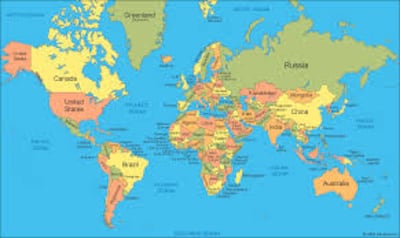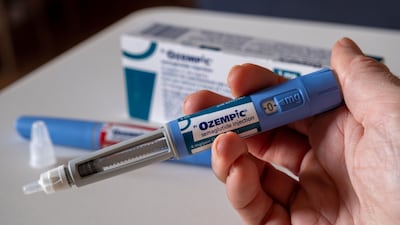Distribution/Supply Chain
The US FDA Commissioner pushed for a rebalancing of the US’s pharmaceutical supply chains while also stressing that there is a role for US-China commerce that would be risky to compromise.
A total of 748 key medicines are now affected by the four-month stock requirement, compared with 422 in 2021.
The UK will require all antibiotic manufacturers looking to apply for funding under its subscription payment model to demonstrate they are meeting waste discharge standards in a bid to reduce antimicrobial resistance.
It is “absolutely fundamental” that manufacturers of cell and gene therapies interact with inspectors from regulatory agencies to understand their expectations around good manufacturing practice, a compliance consultant at CDMO eXmoor pharma says.
The submission of data for products on a new list of critical medicines is “a first step in achieving complete standardized product information for all medicines in the EU,” says the EMA.
The ESMP will have dedicated secure spaces for companies and national agencies to provide data on the supply situation for critical medicines both under normal circumstances and in crisis situations.
Three off-patent associations from both sides of the Atlantic want to strengthen their collaborative synergies and secure the supply of generics and biosimilars.
Three off-patent associations from both sides of the Atlantic want to strengthen their collaborative synergies and secure the supply of generics and biosimilars.
EU pharma companies see manufacturing and logistics issues as the main cause for supply problems, but are concerned about the costs of investing in and gaining regulatory approval for new or updated production facilities, according to a new report.
A new requirement for drug companies on how much safety stock to maintain and a mechanism for extending the expiration date of a lot or batch of a drug if there is a shortage that could cause harm are among the measures Health Canada is proposing to adopt.
The Danish regulator says the new stockpiling and reporting requirements will give stakeholders time to take steps to mitigate the impact of long-term supply issues, but the pharma industry body, LIF, fears the move could create more problems than it will solve.
With the sheen of inevitability now scuffed off the BIOSECURE Act, diplomatic efforts to reduce US dependence on Chinese APIs are increasing in prominence. And the power of the legislation itself could be determined by litigation about a video app.
The off-label “cosmetic” use of GLP-1 receptor agonists such as Ozempic and Wegovy is contributing to global shortages of these drugs, prompting the European Medicines Agency to ask member states and manufacturers to “control and optimize” their use.
The Council of the EU says it has produced a “well balanced” text in response to the proposals on tackling medicine shortages in the pharma reform package, and has flagged up a number of areas where it wants more clarity.
The FDA commissioner said that supply chains will remain interconnected no matter how much nationalism dominates the political landscape, meaning international cooperation will still be necessary.
The shortage prevention plan (SPP) should be part of companies’ pharmaceutical quality system and will be open to inspection, while shortage mitigation plans (SMPs) should be proportionate to the level of risk for each medicine in line with ICH guideline Q9, the EMA says.
In the third of a series of articles on the European Parliament’s changes to the planned reform of EU pharmaceutical legislation, the Pink Sheet looks at how the amended proposals on notifying drug shortages could impact companies, regulators and wholesale distributors.
“Incomprehensible” is how the industry group Medaxes describes a new annual tax that Belgium plans to impose on companies to address the costs arising from shortages of medicines.
But that clock is already ticking as the House Oversight and Accountability Committee prepares to mark-up the bill and a likely reconciliation effort with the Senate looming.




















